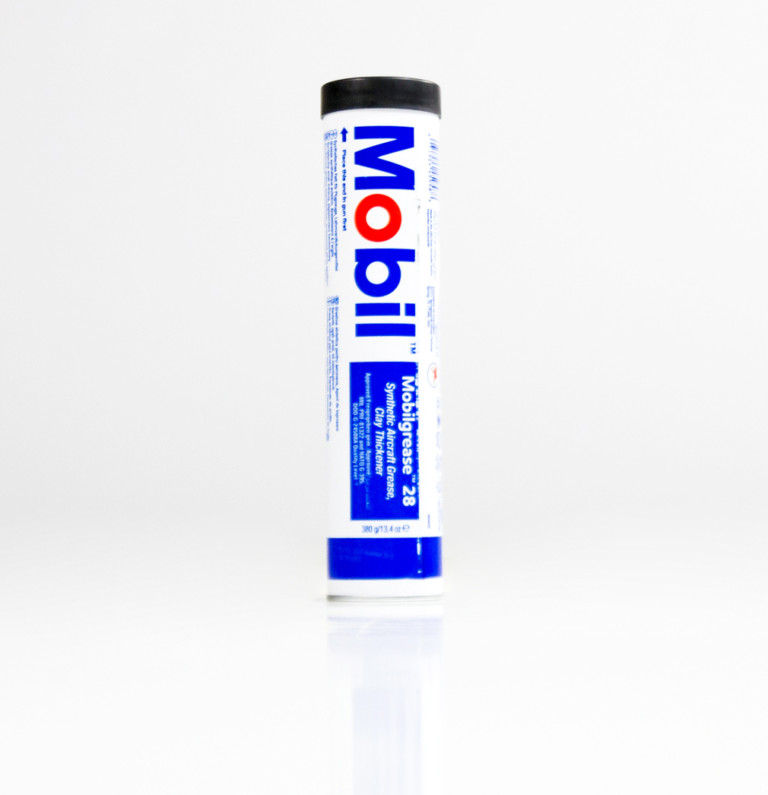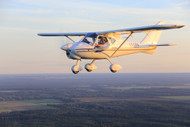Aviation Grease: A Critical Component for Maintaining Airworthiness
By on Jul 6th 2018
You might say that
grease is the unsung hero of the aviation world. Sure, fuels and engine oils get you up in the air (and pilot skills keep you up), but it's the lubricants that help keep everything running smoothly.
Using grease is important for keeping your plane in perfect flying order. But what exactly are aviation greases?
Greases are either solid or semi-solid lubricants meant to protect, seal, and lubricate aircraft components. As with any type of lubricant, the goal is to reduce friction by creating a film that separates moving surfaces. Lubricants, including greases, prevent metal-to-metal contact.
While grease can behave similarly to lubricating oils when used as a lubricant, they are not the exact same thing. Greases are
not simply very viscous (or thick) oils. In fact, grease is used when oils cannot provide sufficient lubrication. What makes grease different is it contains an additional thickener which gives it its solid or semi-solid consistency. This consistency allows the grease to stay put and not settle. 
There are three major components to the composition of grease: the base oil, thickeners, and additives. There are many grease applications in the aviation industry and just as many grease formulations to meet those requirements. All three of these component categories determine whether a specific grease is ideal for any given application.
Base Oil
As with any oil or lubricant, the base oil is the most important factor in determining what grease is right for you-and your plane. It is actually the oil that carries out the actual lubrication, and not the grease itself. The application will determine what base oil is best-synthetic or mineral-and what viscosity. For example, a high viscosity mineral oil would perform well in applications involving heavy load conditions. However, a high viscosity mineral oil wouldn't be ideal for low-temperature applications because they can become too thick.
Synthetic-based greases are more often than not better for performance over a very wide temperature range. While mineral oils are derived from petroleum, synthetics are often derived from esters. Only use the type of base oil as specified by your aircraft-synthetic oils can be more aggressive to seals.
Thickeners
The thickening agents impact your grease's consistency-its softness or stiffness. Grease can range from very soft (cream-like) to very stiff and solid (wax-like). A grease's ability to resist changing consistency despite heavy working conditions is referred to as -Working Stability,- quantified by measuring penetration value, often referred to as -Working Penetration- value. Aviation greases typically have worked penetration values of around 260-320.
The thickeners don't actually perform any lubrication, but they do act like a sponge. When stress or pressure is applied, oil is released to provide lubrication. When the stress is released, the thickener and oil return to their semi-solid or solid state.
Thickening agents can generally be classified as soap-based or non-soap-based. Soap-based greases include aluminum, calcium, sodium, or lithium soaps. A -soap- is a salt formed when a metal hydroxide, or alkali, is reacted with a fatty acid. Non-soap-based include silica gel, clay, and substituted urea, with clay being the most common.
Each type of thickener has its own benefits and limits depending on the application.
Additives
The additives found within aviation greases are similar to those used in lubricating oils. These can include anti oxidants, corrosion inhibitors, load carrying additives, extreme pressure additives, etc. They are incorporated into both the base oil and the thickener. One thing to consider with additives is that while certain ones can provide considerable advantages in one application can also be detrimental in another. Take tackiness additives, for instance, which are common in greases. These additives make a grease stringy and help it stay in place. These greases are great in applications that see a lot of jarring thrust loads--like Bucket Pins on a Backhoe or Universal Joints on a car--but you would not want to use that same grease on a high speed bearing application. A tacky grease would create too much internal friction causing the bearing to over-heat.
In short: all components of a grease must be considered before utilizing it in
any part of your aircraft.
Looking for Aviation Grease?
Mobilgrease 28 is a wide-temperature, antiwear grease that combines the features of a PAO-based fluid with an organo-clay thickener. This multipurpose aviation grease can be used in landing wheel assemblies, control systems and actuators, screw jacks, servo devices, sealed-bearing motors, oscillating bearings, and helicopter rotor bearings on both military and civil aircraft. You can get your hands on this supreme grease at AviationOilOutlet.com.
Sources:
http://www.shell.com/business-customers/aviation/a...
https://generalaviationnews.com/2014/07/01/grease-...





